In the 21st century, girls are advised to study STEM courses, go to college, acquire advanced degrees, and pursue high-power careers. Being “just” a housewife and mother is painted as settling for less than reaching her full potential. However, in overlooking the previously revered jobs of wife and mother, women are cheating themselves out of the greatest joys of womanhood.
Many old movies remind us that no career is a replacement for being a wife and mother. Two great proponents of this theme are “Every Girl Should Be Married” from 1948 and “Room for One More” from 1952. Both these films star Cary Grant and his wife, Betsy Drake. They made the first film before they tied the knot and the second while they were married.
Although their real-life marriage didn’t last until death, this unlikely yet charming couple helped bring these heartwarming stories about matrimony and parenthood to life. Pair these two movies as a double feature for a three-hour family movie night!
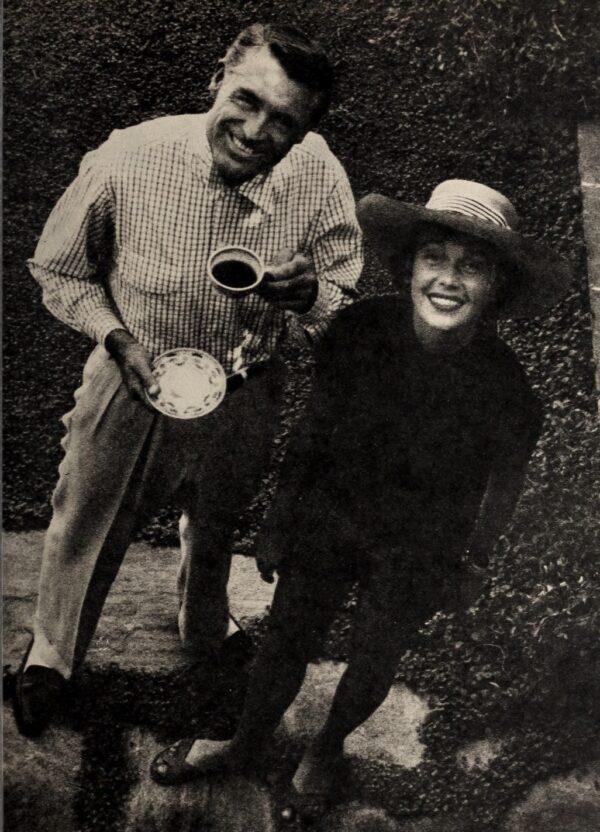
‘Every Girl Should Be Married’
In “Every Girl Should Be Married,” Drake is Anabel Sims, a saleswoman in a New York department store with one goal: to get married. She dreams about making a nice home, caring for her husband, and having adorable babies.“Every Girl Should Be Married” is perfectly described by its title. This is Anabel’s mantra for life. She could have married a young man back home called “Old Joe,” but she decided to go to the big city instead—with no ambitions for a career.
She is very ambitious in terms of matrimonial prospects, since she believes that a girl can end up married to “just anybody” if she doesn’t strategize. That is, she believes in planning her life, deciding what she wants, and going after it.
Her slightly cynical roommate, Julie (Diana Lynn), thinks her friend’s scheming will get them both into trouble, but Anabel is immovable in her resolve, comparing herself to General Eisenhower. The war that she proceeds to wage while pursuing her dream man’s hand in marriage is one worthy of Eisenhower, but her comedic maneuvers are innocently motivated by love.
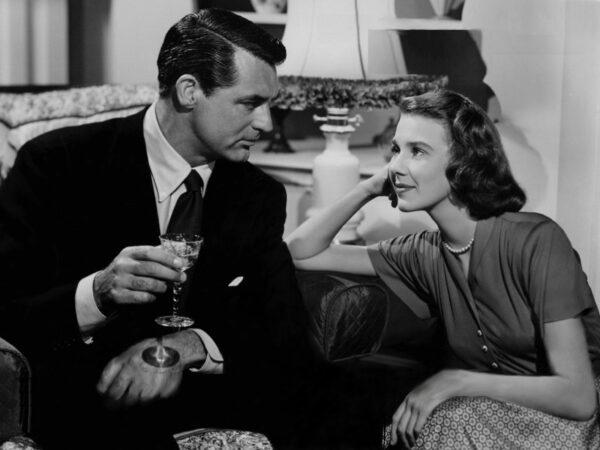
When by chance Anabel meets pediatrician Madison Brown (Grant) in a drugstore, she instantly falls in love with him and decides that he’s the man she wants to marry. At first, he thinks she is obnoxious and perhaps even a bit crazy, but that doesn’t stop her. She concocts elaborate schemes to “trap” him, which she carries out with hilarious results. Even though he insists that he isn’t interested in getting married, the bachelor doctor soon finds himself being charmed by Anabel’s open, uncomplicated sincerity and infectious likability.
Anabel researches Madison Brown’s habits, likes, dislikes, schedule, and background to form a complete file on his life. She uses this information to “coincidentally” meet him at his favorite spots, pretend to share all his tastes, and fabricate a romance with one of his old schoolmates, Roger Sanford (Franchot Tone). In choosing the ideal prospect, Anabel doesn’t consider wealth, since she is dismayed when millionaire Sanford actually develops interest in her. She wants Brown because she loves him, and she won’t settle for anyone else, no matter how wealthy he is.
‘Room for One More’
“Room for One More” depicts Grant and Drake as a married couple, George and Anna Rose, with three children (two boys and a girl). This time, he is a city engineer, and she is a housewife with an open heart for every stray pet that comes to her door. When her women’s club visits a local orphanage, Anna is moved to foster a child.The orphanage director (Lurene Tuttle) persuades her to take in troubled adolescent Jane Miller (Iris Mann) for a few weeks. At first, George doubts they can provide for the extra child, but Anna soon convinces her husband and children that all the orphan needs is love. After the trial has ended, everyone agrees that there is room for the reformed girl in the Rose family.
Four children, however, are not enough for Anna when she learns of a crippled orphan, Jimmy John Wilson (Clifford Tatum Jr.), who has spent most of his life in hospitals. The Rose family takes him on their beach vacation, but he proves to be a disruptive troublemaker. It will take all of the parents’ ingenuity and love to heal Jimmy John’s sickly body and bitter heart.
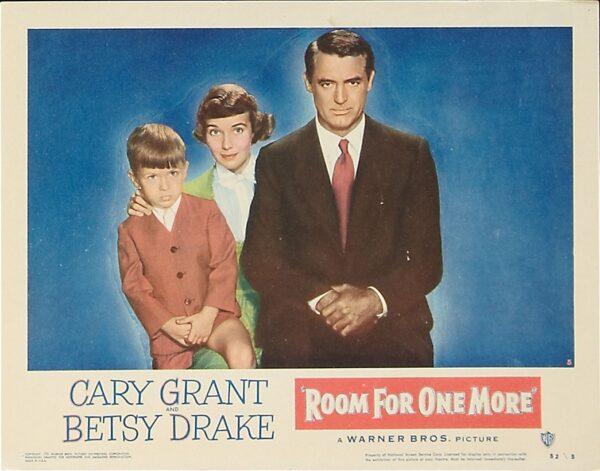
“Room for One More” is a frank look at the foster care system, which disproves the misconception that classic films always substituted romanticism for reality. Instead of an idyllic view of orphans who are immediately contented in the new homes, this movie shows the struggles that foster parents, their biological children, and the new arrivals face in trying to become a family. The foster children are realistically damaged by their early life experiences. It takes Anna a lot of time, patience, and love to soften their hardened hearts and make them trust her.
A Charming Pair
Both films feature poignant lecture scenes. In “Every Girl Should Be Married,” Dr. Brown lectures to a group of mothers on the parents’ responsibility to the child. He receives a very favorable reception from the hall of mothers after he’s finished his lecture, until he asks for questions. Anabel stands up to ask a question, pretending like she doesn’t know him, but she really just wants to give her own lecture. Starting out to teach Brown about his own reluctance to give up bachelorhood, she ends up making him angry with the whole roomful of women. As he storms out, she fears that she has gone too far. However, the dozens of cancellations he receives from female patients the next day drive him to make a date with her, so maybe she didn’t do so badly after all. Deep down, Dr. Brown realizes that Anna is right in affirming that women may have to “trap” their husbands into proposing.In “Room for One More,” George similarly decides to use Q and A after a speech Anna gives to the local PTA on the topic “Raising Foster Children Can Be Fun.” When he asks whether Anna’s husband (himself) isn’t neglected while she accepts the “interesting challenge” of raising troubled foster children, she tenderly responds with a declaration of her husband’s dedication to fatherhood. George can’t resist the temptation to publicly remind his wife of how long his “temporary” neglect is lasting. However, she turns it into a wonderful moment and praises him as she describes his patience, discipline, support, and love for all their children. He is reminded of how much she cares, as she concludes: “He has the undying love and affection of every member of his family, including his wife. And you ask if he’s neglected.”
Times change, but the things that bring us happiness don’t. It’s wonderful when we can be reminded of the importance of family values by fun comedies like these. The next generation of girls needs to see movies like these to help them realize that no career in the world will replace the joys of planning for traditional marriage and motherhood.


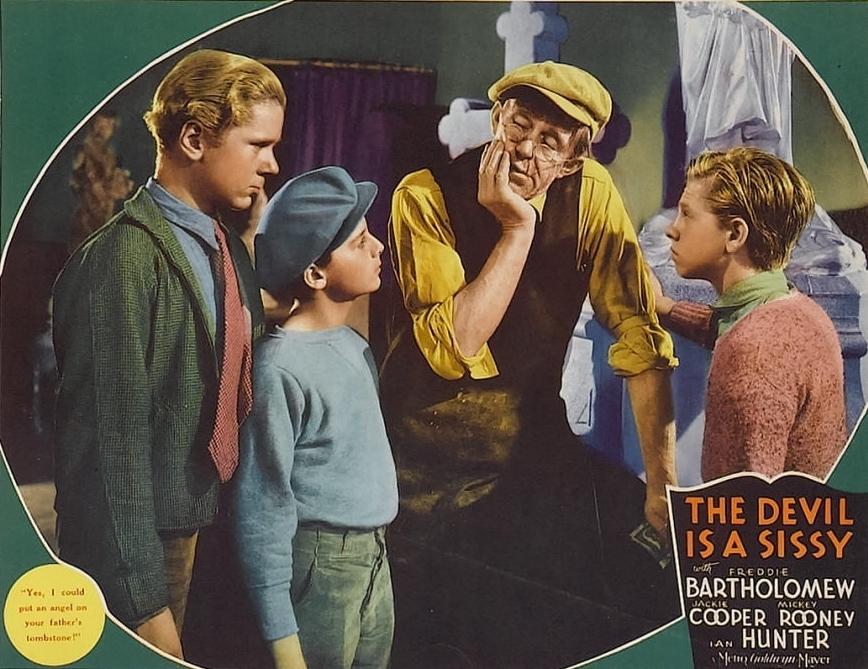
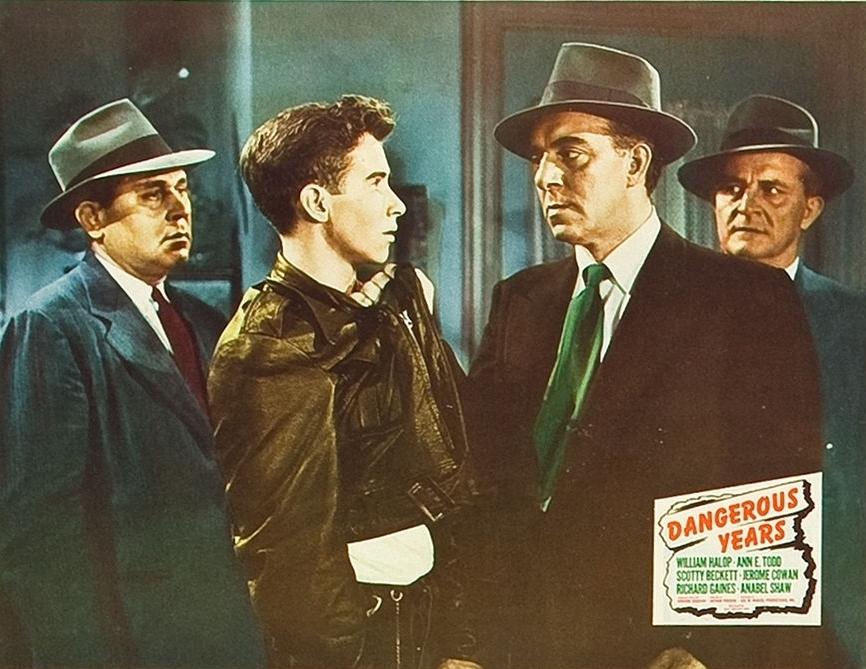
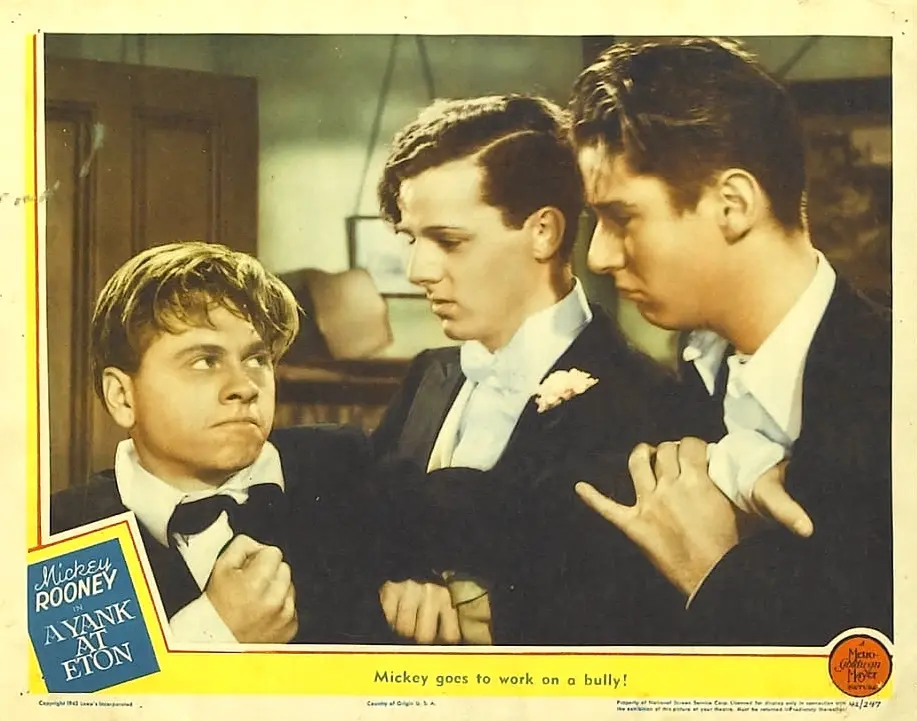

Friends Read Free